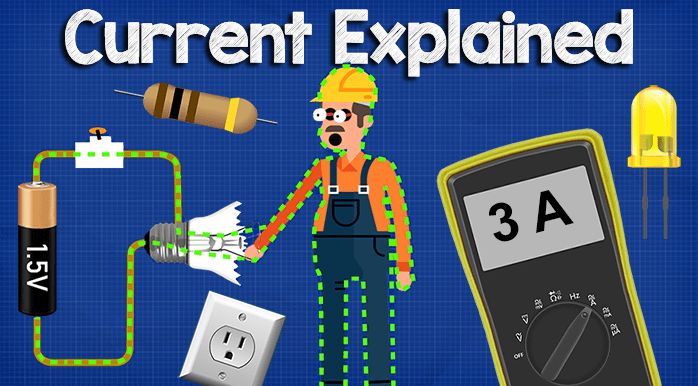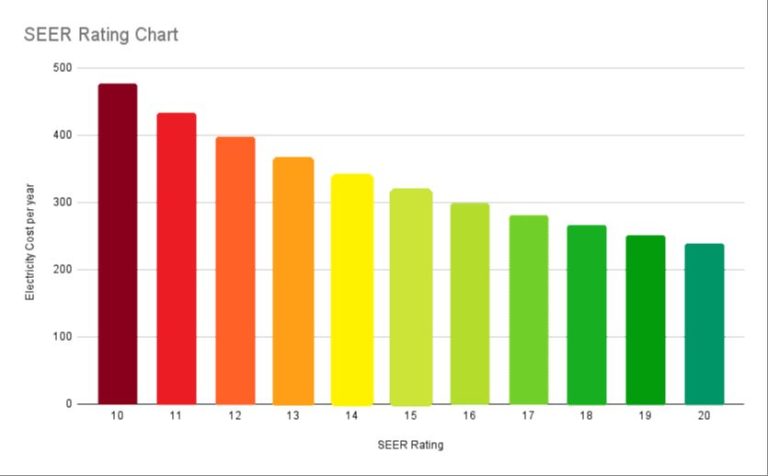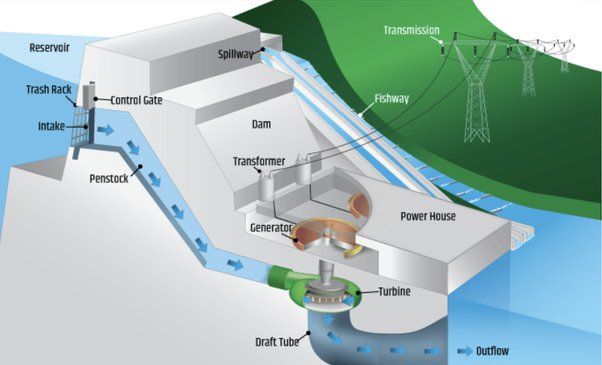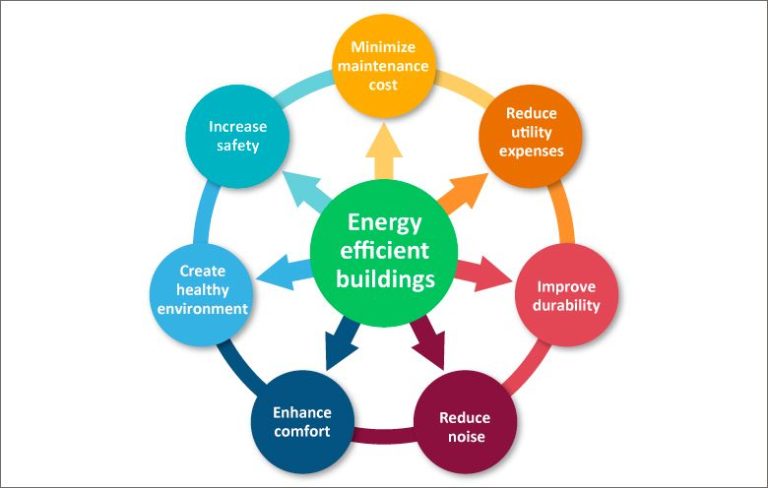How Is Energy Applied To A Car?
Energy is the ability to do work, and it exists in many forms. In cars, energy is applied through chemical energy stored in fuel. This fuel energy is converted into mechanical energy that powers the engine and drivetrain to move the vehicle.
Combustion engines like those in most cars today convert the chemical energy in gasoline or diesel into heat energy through burning the fuel. This heat expands gases that push pistons up and down inside the cylinders of the engine. The linear motion of the pistons is transferred through the crankshaft and transmission to turn the wheels of the car.
Chemical Energy in Fuel
Gasoline and diesel contain a tremendous amount of chemical energy that can be converted into mechanical energy to propel a vehicle. This chemical energy comes from the hydrocarbons that make up the fuel’s molecular structure.
When fuel is pumped from the gas tank into the engine, it carries this chemical energy with it. The amount of energy depends on the type of fuel – gasoline packs more chemical energy per gallon than diesel, for example. But both contain enough chemical potential energy to drive an engine when that energy is released.
Fuel Injection
The fuel injection system is responsible for delivering fuel from the gas tank to the engine cylinders. It consists of a fuel pump, fuel injectors, and various sensors and controllers.
The fuel pump pressurizes the fuel and sends it to the fuel rail where it waits to be injected. When the engine’s pistons are ready for the combustion cycle, the fuel injectors spray a fine mist of pressurized fuel into each cylinder. This allows for precise control over the fuel amount compared to older carburetor systems.
The fuel injectors spray the fuel right at the intake valves, allowing for good atomization of the fuel. As the piston comes up in the compression stroke, the air/fuel mixture is compressed. At just the right moment, the spark plug fires, igniting the mixture.
The engine computer carefully controls the fuel injection and spark timing to optimize combustion. This allows the engine to produce maximum power while maintaining good fuel efficiency and low emissions.
Combustion
Combustion is a key process in how a car engine converts the chemical energy in fuel into mechanical energy to power the vehicle. Inside each cylinder of the engine, a small amount of fuel is injected and mixed with air. When the spark plug ignites this mixture, it burns rapidly, causing the fuel/air mixture to expand. This expansion pushes the piston down, providing the power that turns the crankshaft and ultimately drives the wheels of the car.
The combustion of fuel is what creates the force to move the pistons up and down during each cycle of the engine. It is a controlled burn, timed by the car’s ignition system to inject fuel and create a spark at just the right moment. As the fuel ignites and burns, expanding gases push the piston down the cylinder with great force. This force gets transferred through the connecting rod to the crankshaft, which converts the up-and-down motion of the pistons into a rotating motion that drives the wheels.
Without combustion powering the engine, a car could not move under its own power. It is the energy released when fuel burns that provides the mechanical power to make transportation possible. Combustion is thus a critical component of any gasoline-powered vehicle.
Pistons
The pistons play a crucial role in a car engine by converting the energy from combustion into mechanical energy. Inside each cylinder of the engine is a piston that moves up and down. The combustion that occurs in the combustion chamber pushes down on the piston, forcing it down in the cylinder.
As the piston is driven downward, it pushes on the connecting rod which then turns the crankshaft. The linear up and down motion of the pistons is converted into rotational motion of the crankshaft through this connection. This rotational energy of the crankshaft is what allows the engine to provide power to move the car.
The pistons essentially take the explosive power from combustion and transform it into usable mechanical energy that can be applied to turn the wheels of the car via the crankshaft and transmission. Without the pistons transferring force to the crankshaft, the combustion energy would simply be dissipated as heat and not used to move the vehicle.
Crankshaft
The crankshaft is a key component in converting the up and down motion of the pistons into rotational motion that can be used to turn the wheels of the vehicle. It is made up of counterweights and crankpins that are connected to the pistons via connecting rods. As the pistons move up and down inside the cylinders, the connecting rods push and pull on the crankpins, causing the crankshaft to rotate. This rotational motion is then transmitted through the transmission and drive shaft to turn the wheels.
The crankshaft is carefully balanced and designed to rotate smoothly, even at high engine speeds. The sequence of piston firing orders and the angle of the crankpins is optimized to minimize vibration. High performance engines often use forged crankshafts for added strength. Main bearings support the crankshaft within the engine block while it rotates. Proper lubrication of bearings is critical to reduce friction and enable smooth, reliable operation.
Without the crankshaft, the reciprocal motion of the pistons would not be converted into usable rotational energy to drive the wheels. This key component enables the linear forces from combustion to be transformed into the rotary movement that propels the vehicle forward.
Transmission
The transmission is a critical component that transfers the engine’s power to the wheels. It contains a series of gears that change the gear ratio to optimize power and torque output based on speed. Lower gear ratios allow the engine to produce maximum torque for accelerated starts and hill climbing. Higher gear ratios at higher speeds allow the engine to operate at an efficient RPM range while maintaining speed.
Inside the transmission housing is a main shaft, countershafts, shift forks, collars, and gears. The input shaft brings power from the engine into the transmission. Gears on the countershaft mesh with gears on the mainshaft to provide different gear ratios. The shift forks slide collars along the shafts to engage different gears. Automatic transmissions use a complex hydraulic system and planetary gear sets to change ratios, while manual transmissions require the driver to operate a clutch and move the shifter to change gears.
In rear-wheel drive vehicles, the transmission sends power to the rear differential and wheels. Front-wheel drive configurations have the transmission mounted transversely to send power to the front wheels. Four wheel drive setups have an additional transfer case connected after the transmission to split power between front and rear axles. Regardless of the drivetrain layout, the transmission plays a key role in delivering engine power to turn the wheels at various vehicle speeds.
Drive Shaft
The drive shaft is a rotating shaft that transmits the rotation from the transmission to the differential, which then applies it to the wheels. The drive shaft is essentially a long steel tube that spans the length of the vehicle from the transmission in the front to the differential in the rear.
On rear-wheel drive vehicles, the drive shaft runs underneath the length of the vehicle. It has universal joints at either end that allow the drive shaft to flex and change angle as the suspension moves up and down. This prevents vibrations or stress from being placed on the components. The drive shaft rotates at the same speed as the transmission output that drives it.
By transmitting the rotating power from the transmission to the rear differential, the drive shaft plays a crucial role in delivering engine torque to the wheels. Without the drive shaft, the rotational force of the engine could not be applied to the wheels to propel the vehicle.
Differential
The differential is a gearbox that allows the wheels on an axle to rotate at different speeds while still providing power to them. This is important when a car is turning. The outer wheel needs to cover more distance than the inner wheel, so it needs to spin faster. Without a differential, the tires would skip and scrub during turns, decreasing handling and control.
The differential works by allowing the drive shaft from the transmission to spin independently of the axles connected to the wheels. Gears inside the differential transfer power to the wheels while compensating for their different rotational speeds. The differential essentially splits the engine torque in half, allowing each output to spin at different rates.
Differentials contain meshing sun and planetary gears that provide the speed differentiation between the drive shaft and wheel axles. The sun gear is connected to the drive shaft, while the planet gears connect to the axles. By allowing the planet gears to spin at different rates around the sun gear, it enables the wheels to rotate at different speeds.
A standard open differential always applies equal torque to both drive wheels. This can allow wheel slip in low traction conditions. Some vehicles have advanced limited slip or locking differentials that can transfer more torque to the wheel with greater traction to avoid slippage.
Wheels
The wheels of a car are what ultimately propel the vehicle forward. The wheels make contact with the road surface, and through friction between the tires and the road, rotational energy from the wheels is converted into linear motion that pushes the car forward.
The amount of friction between the tires and the road determines how much traction the wheels have. More friction means more grip, allowing the wheels to apply more force to the road to drive the car forward. The treads of the tires help improve traction by maximizing contact with the road.
As the wheels spin, kinetic friction acts at the point where the tires meet the road. The friction force propels the car forward, overcoming the inertia of the vehicle. This force from friction is directly applied to the road, and the road pushes back on the wheels, propelling the car forwards through Newton’s third law of motion. So the friction that allows the spinning wheels to grip the road is key to putting the engine’s power to practical use in moving the automobile.







